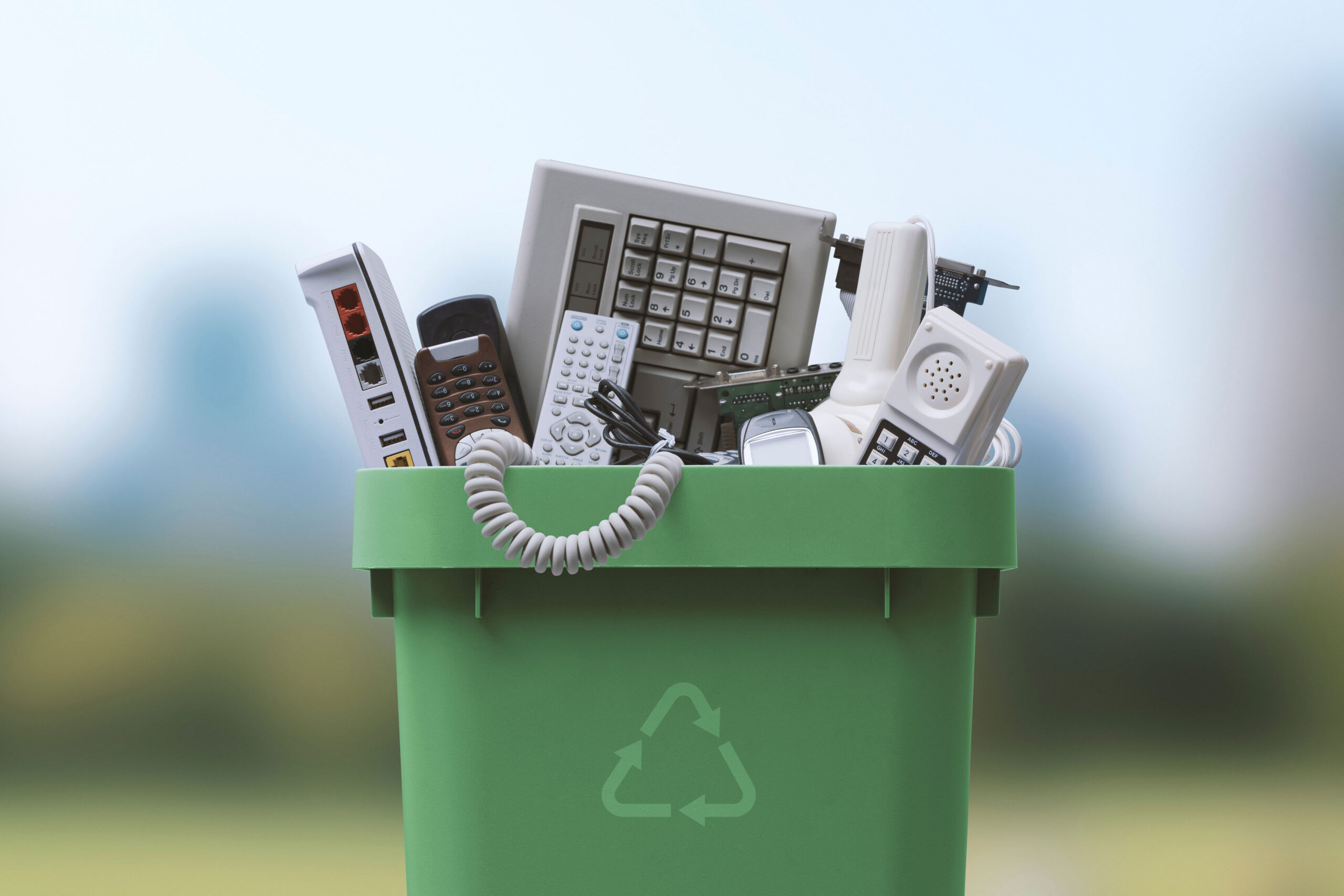The E-Waste: Understanding Challenges and Promoting Sustainable Solutions
Electronic waste, commonly referred to as e-waste, poses a significant challenge in today’s digital age. This article aims to shed light on the complexities surrounding e-waste, exploring its environmental impacts, challenges in management, and advocating sustainable solutions for responsible disposal and recycling.
Understanding E-Waste:
1. Definition and Composition:
E-waste encompasses discarded electronic devices, including computers, smartphones, televisions, and other electronic gadgets, containing hazardous materials such as lead, mercury, and cadmium.
2. Rapid Technological Advancements:
The exponential growth in technology and shorter product lifecycles contribute to the staggering volume of e-waste, exacerbating environmental concerns and resource depletion.
Environmental and Health Impacts:
1. Pollution and Contamination:
Improper disposal leads to e-waste seeping toxic chemicals into soil and water, posing severe health risks to humans, wildlife, and contaminating ecosystems.
2. Resource Depletion:
E-waste represents a missed opportunity for resource recovery, as valuable materials like gold, silver, and rare earth metals remain unutilized, contributing to resource scarcity.
Challenges in E-Waste Management:
1. Informal Recycling Practices:
Informal recycling methods, often in developing countries, expose workers to hazardous conditions while inefficiently recovering materials without proper safety measures.
2. Lack of Legislation and Awareness:
Inadequate regulations and insufficient public awareness contribute to improper e-waste disposal, hindering effective recycling and responsible management practices.
Sustainable Solutions:
1. Extended Producer Responsibility (EPR):
Implementing EPR programs places the onus on manufacturers to responsibly manage e-waste, encouraging product design for recyclability and establishing take-back programs.
2. Safe Recycling and Circular Economy:
Encouraging safe recycling practices and promoting a circular economy model fosters material recovery, reusing components, and reducing the environmental footprint of electronics.
Technology and Innovation:
1. Eco-friendly Design:
Innovations in product design focus on eco-friendly materials, modular construction, and efficient disassembly, facilitating easier recycling and reducing e-waste generation.
2. Advanced Recycling Technologies:
Developing sophisticated recycling technologies, including robotics and chemical processes, enhances e-waste recycling efficiency, recovering valuable materials sustainably.
E-waste poses multifaceted challenges to the environment, human health, and resource conservation. Embracing sustainable practices, advocating for responsible disposal, and fostering technological innovations are essential steps towards managing e-waste effectively. By collectively addressing this global issue, we can move towards a more sustainable future, reducing environmental harm and maximizing the potential of electronic recycling for a circular economy.
latest video
news via inbox
Nulla turp dis cursus. Integer liberos euismod pretium faucibua









